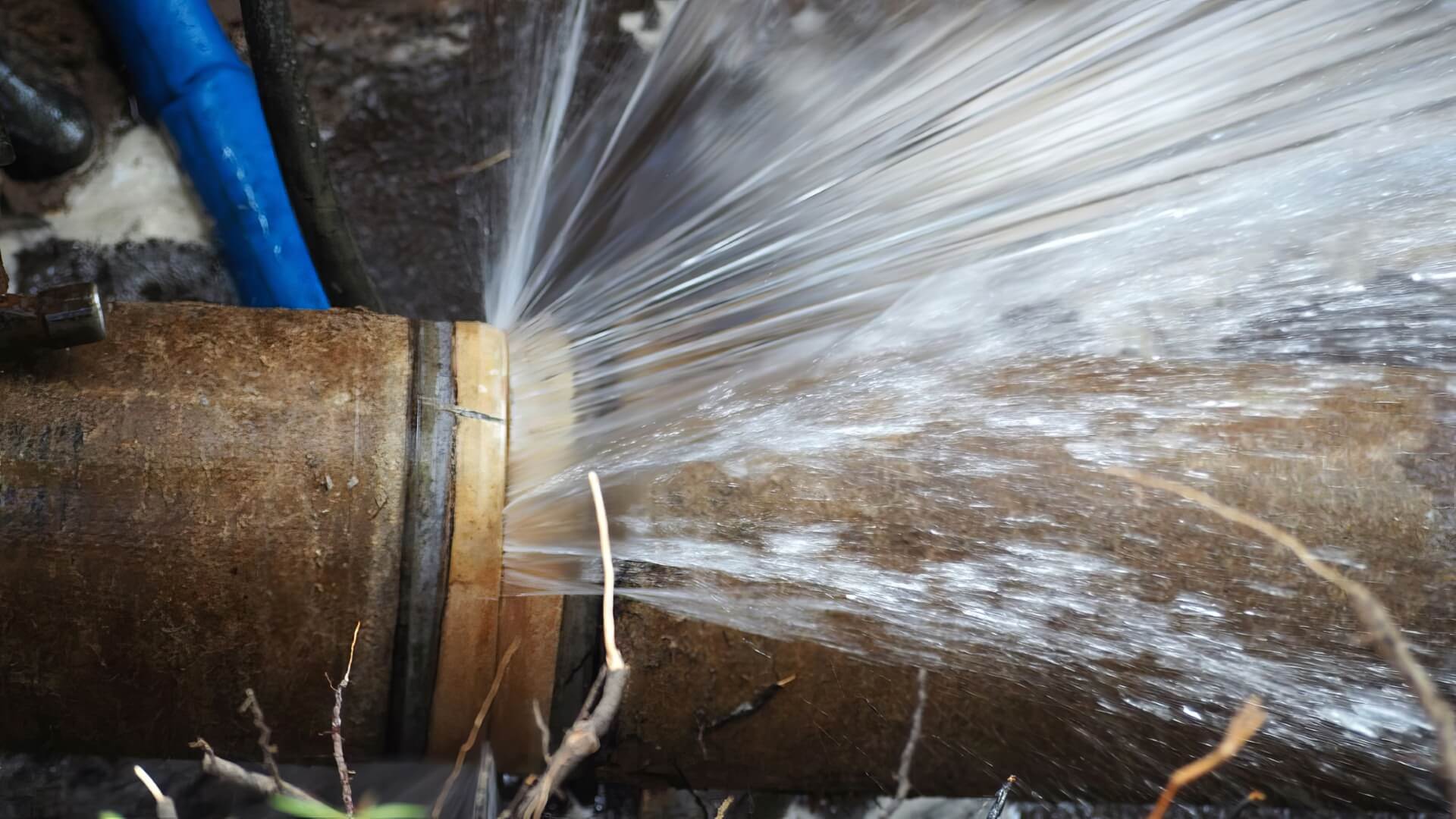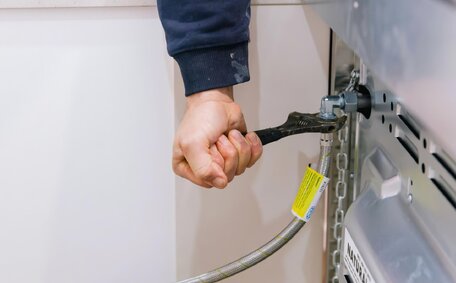The environmental impact of gas extraction
Extracting natural gas from underground reserves has multiple environmental repercussions. Drilling wells and operating extraction infrastructure disturbs land and wildlife habitats. There are also risks of groundwater contamination from chemical spills and wastewater.
Yet, the primary environmental concern is methane leaks during drilling and transport—a greenhouse gas with substantial climate impact.
Minimising methane leakage is imperative for reducing the climate impact of gas.
Australia boasts considerable shale and coal seam gas reserves.
While this presents an opportunity to transition from higher-emitting coal, extraction must be carefully managed to limit habitat destruction and methane emissions. The gas industry contends that stringent regulations and modern technologies can mitigate environmental impacts, while critics call for comprehensive research on long-term ecosystem effects before expanding production.
Health and air quality impacts of gas use
Natural gas use in home appliances such as stoves, dryers, and heaters can affect both indoor and outdoor air quality. Gas combustion releases air pollutants like nitrogen oxides and increases carbon emissions. Research associates such exposure, particularly in children, with heightened asthma symptoms and more hospital admissions.
Furthermore, indoor gas use generates pollutant concentrations surpassing typical outdoor levels. According to Australia’s national pollutant inventory, over 50% of Sydney’s nitrogen oxides and carbon monoxide emissions come from residential gas use.
Switching to electric appliances or upgrading to higher-efficiency gas models with external ventilation can mitigate indoor pollution, which becomes crucial as we face more extreme weather patterns. Community-wide initiatives are essential to enhance air quality, considering the cumulative effect of gas emissions from sources such as power plants.
The greenhouse gas emissions of natural gas
The process of burning fossil fuels like natural gas releases several greenhouse gases, primarily carbon dioxide (CO2) and methane. Although natural gas produces fewer emissions than coal per energy unit burned, any benefits are greatly compromised by methane leakage during extraction and transport.
Methane is substantially more potent at trapping heat than CO2, 84 times more over a 20-year period. Even minor leaks in the gas supply chain can offset the reduced carbon benefits compared to other fossil fuels. Experts reckon that methane is responsible for over a quarter of current global warming.
Controlling methane leakage from the gas supply chain is therefore crucial. Upgrading distribution infrastructure and improving monitoring at well sites and pipelines can reduce emissions. Growing demands also exist for gas producers and services to tackle longstanding leaks.
The climatic consequences of gas use, notably in areas like Beecroft, Sydney, are concerning given methane’s major role in global temperature rise. Minimising leaks and improving efficiency in gas end use offers localised benefits by reducing contribution to climate change.
Comparing natural gas to other fossil fuels
When comparing natural gas to other fossil fuels like coal and oil in terms of emissions, natural gas emits 50-60% less carbon dioxide (CO2) per unit of energy generated. This gives it an advantage over coal and oil in terms of air pollution and immediate climate impact.
However, natural gas is predominantly composed of methane, which leaks into the atmosphere during extraction and transport. As methane is more powerful than CO2, trapping heat 84 times over 20 years, these emissions significantly reduce the climate benefits of natural gas.
Coal-fired power stations emit harmful substances including sulphur dioxide, nitrogen oxides, particulate matter, and mercury. This causes substantial public health issues through increased air pollution, asthma attacks, hospitalizations and premature deaths.
Despite lower local pollutant emissions from natural gas plants, methane leaks during supply negate the potential climate benefits. Experts argue successfully limiting methane leakage can allow natural gas to play an intermediary role as renewable energy capacity expands.
The role of natural gas in the energy transition
Many advocates consider natural gas a transitional 'bridge fuel’ enabling a shift from high-emission coal and oil to zero-emission renewable sources. Gas power plants support power generation with significantly lower CO2 emissions than coal plants per megawatt generated. Substituting coal with gas could consequently lower emissions in the short term.
However, data showing methane leaks from gas systems challenge this perspective. Studies show leaks from pipelines, storage tanks and wells negate much more of gas’ supposed climate advantage over coal.
Supporters maintain that gas-powered energy is a vital complementary fuel, aiding the growth of solar and wind capacities. Avoiding the worst climate impacts requires tapping into wind and solar, cutting emissions now, not just in the future.
The global transition to fully renewable energy sources will span decades, as nations work to cut carbon emissions.
In Australia, fossil fuel companies within the gas industry claim tight regulation and new monitoring technologies can reduce leaks. But critics argue more lifecycle emissions data is needed before further developing gas resources.
Energy companies also face growing calls to address methane leaks from existing infrastructure in areas like Beecroft, Sydney to ensure gas lives up to its ‘cleaner’ image during this crucial energy transition.
Practical steps to reduce gas usage
There are several practical steps households and businesses can take to reduce gas usage:
- Upgrade to new models of gas appliances for better energy efficiency. Modern dryers, water heaters, and heating systems can use up to 50% less gas.
- Replace gas-heated systems with solar or heat pump hot water systems, which are both mature and economical, supplying over 70% of hot water needs.
- Switch to electric induction or infrared cooktops, which are not only more energy-efficient but also emit fewer greenhouse gases.
- Improve insulation in walls, ceilings and pipes to retain heat and reduce gas used for space/water heating.
- Regulate apartment and office thermostats smartly; marginally lowering the temperature can reduce gas furnace use without compromising comfort.
- Shift peak energy loads. Run dryers, ovens and dishwashers at night when more renewable energy is online.
- Replace old fireplaces with electric models, avoiding direct gas combustion indoors.
Although these changes involve initial investment, rebates for upgrades are available from governments and utility companies. Over time, households and businesses can significantly reduce their gas consumption through improved efficiency and switching to sustainable electric technologies.
Promoting renewable energy alternatives
Transitioning to renewable energy sources like solar, wind and geothermal can significantly cut down on greenhouse gas emissions, outperforming traditional fossil fuels like gas. Renewables have seen major cost reductions recently, becoming economically viable alternatives.
In Australia, incentives like renewable energy certificates and rebates are making solar and wind adoption grow rapidly. With over 30% of Australia’s electricity generated from renewables, national emissions have seen a decline over the past decade.
For homes and businesses in areas like Beecroft, Sydney, harnessing wind and solar energy by installing rooftop solar or switching to a renewable power provider cuts gas reliance and emissions. Grid prices also continue to rise, so self-generated renewable power insulation against future price shocks.
Modern heat pumps rival the efficiency of gas water heaters while maintaining lower carbon emissions. GreenPower options allowing consumers and business to pay a premium for certified renewable energy to meet remaining needs are also increasingly popular.
For heating spaces, reverse cycle systems utilise renewable electricity and offer efficient heating and cooling.
Community-led renewable energy projects expedite adoption by collectively investing in the construction of more extensive solar and wind developments. These local efforts help strengthen grid resilience and energy affordability over the long term. Support for alternatives to oil and gas from all levels of government and energy providers can ease household access during this crucial transition.





